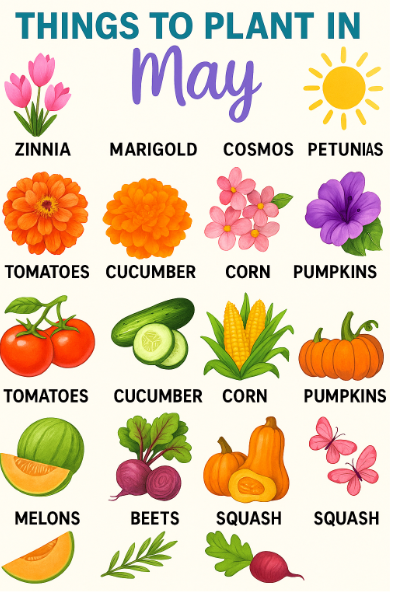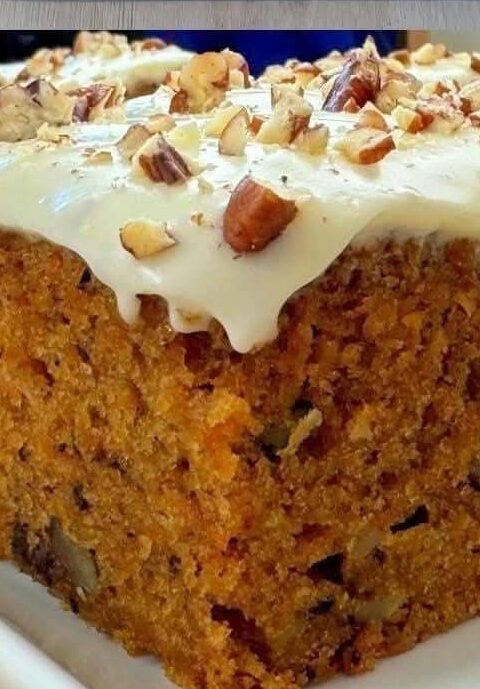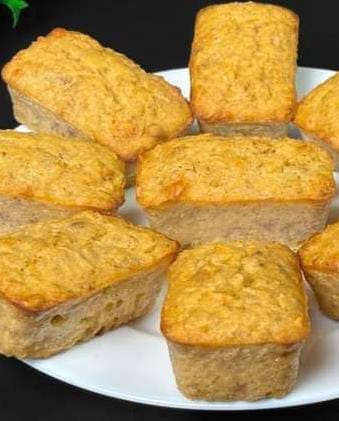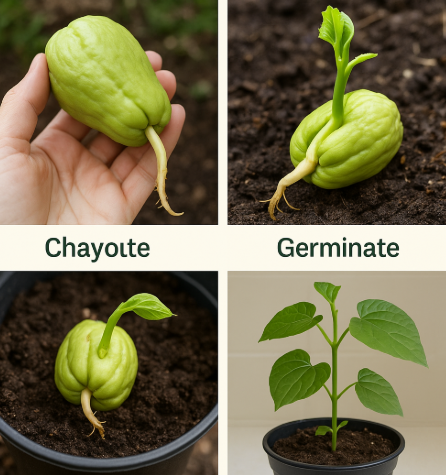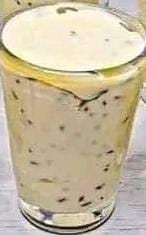Things to Plant in May: Comprehensive Guide & Advanced Growing Strategies
Table of Contents
- Flowers & Vegetables to Plant in May
- Soil Improvement Recipes
- Microclimate Engineering
- Irrigation Strategies
- Integrated Pest & Disease Forecasting
- Extended Crop Rotation & Fall Planning
- Container & Vertical Planting Additions
- Record-Keeping & Data Logging
- Harvest Preservation Techniques
- Creating Beneficial Insect Habitats
- Climate-Adapted Varieties & Sourcing
- Conclusion & Next Steps
1. Flowers & Vegetables to Plant in May
May is the ideal month to establish warm-season annuals, vegetables, roots and herbs once the threat of frost has passed. Below is a curated list of top choices and their planting notes.
- Zinnia: Sow seed directly in full sun, ½″ deep, 6″ apart. Thin seedlings to 12″.
- Marigold: Seed or transplant; deters nematodes and aphids. Space 8–10″.
- Cosmos: Direct sow; tolerate poor soils. Thin to 18″ spacing.
- Petunia: Transplant seedlings; require rich, well-drained mix and regular deadheading.
- Tomato: Harden off seedlings 7–10 days; plant deep to first true leaves for strong root systems.
- Cucumber: Sow in hills or containers; provide trellis for vining types.
- Corn: Plant in blocks of four rows for wind-pollination; spacing 8–12″ in-row.
- Pumpkin & Squash: Sow hills of 3–5 seeds, thin to 2–3 strongest; generous spacing (3–5′).
- Melon: Direct sow in warmed soil; mulch to retain heat and moisture.
- Beet: Sow succession every 3 weeks; thin to 3″ for round, 1–2″ for baby beets.
- Beans: Sow bush and pole beans; pole beans need trellis, bush beans require 2–3′ between rows.
- Carrot: Start indoors for mid-July transplant or direct sow; keep evenly moist.
- Cabbage: Transplant hardened-off starts; space 12–18″.
- Cilantro & Dill: Sow every 2–3 weeks for continuous harvest.
- Foxglove & Nigella: Sow where you want biennial flowers next year; tolerate partial shade.
.
5. Integrated Pest & Disease Forecasting
5.1 Degree-Day Modeling & Daily Temperature Records
Degree-days (DD) accumulate heat above a base threshold temperature (Tbase) to predict pest development stages. For tomato hornworm (Manduca quinquemaculata), Tbase is 50°F. Below is a sample 14-day log for late May:
| Date | Min Temp (°F) | Max Temp (°F) | Average (°F) | Degree-Days (Avg–50) |
|---|---|---|---|---|
| May 15 | 55 | 78 | 66.5 | 16.5 |
| May 16 | 58 | 80 | 69.0 | 19.0 |
| May 17 | 60 | 82 | 71.0 | 21.0 |
| May 18 | 57 | 79 | 68.0 | 18.0 |
| May 19 | 54 | 75 | 64.5 | 14.5 |
| May 20 | 56 | 77 | 66.5 | 16.5 |
| May 21 | 59 | 81 | 70.0 | 20.0 |
| May 22 | 61 | 83 | 72.0 | 22.0 |
| May 23 | 63 | 85 | 74.0 | 24.0 |
| May 24 | 62 | 84 | 73.0 | 23.0 |
| May 25 | 60 | 82 | 71.0 | 21.0 |
| May 26 | 58 | 79 | 68.5 | 18.5 |
| May 27 | 57 | 78 | 67.5 | 17.5 |
| May 28 | 55 | 76 | 65.5 | 15.5 |
Total Degree-Days over 14 days: 286.5 DD
Narrative example: “By May 23, cumulative 182 DD were reached, which correlates with the expected first-instar hornworm emergence. Scouting on May 24 near the evening, small larvae were observed feeding on lower foliage, indicating the need for Bt application that evening.”
5.2 Weekly Scouting & Pest Pressure Timeline
Use the degree-day log to set action thresholds. Below is a sample pest-pressure timeline integrating DD with observed counts:
- Day 7 (May 21, 126 DD): Found 2 hornworm eggs per 10 plants during scouting—below action threshold (<3 eggs).
- Day 9 (May 23, 150 DD): Noted 1 small (<5 mm) larva per plant on 20% of plants—initiate Bt spray at dusk.
- Day 11 (May 25, 171 DD): Larvae reached 10 mm; second Bt application advised 5 days after first.
- Day 14 (May 28, 193 DD): Most larvae controlled; remaining defoliation <5%.
5.3 Narrative Case Study: Hornworm Management in a Suburban Garden
In a Zone 9a suburban plot, gardeners began May 1 with clean beds. By May 12, they recorded 50 DD and conducted initial scouting—no pests found. On May 18 (118 DD), a single egg cluster was spotted on the underside of leaves; they marked the plant and monitored daily. By May 21 (154 DD), small larvae were feeding. A targeted Bt spray on May 21 evening reduced populations by 80% in 48 hours. The gardeners followed up with a neem-oil foliar spray on May 26 after 190 DD to deter secondary infestations, resulting in zero significant defoliation by month’s end.
5.4 Expanded Biological Controls & Timing
- Beneficial Nematodes (Steinernema kraussei): Apply when soil temperature is 55–70°F; 1 billion IJs per 1,000 sq ft in early evening after irrigation. Reapply 14 days later if damage persists.
- Bacillus thuringiensis kurstaki: Use 1 Tbsp per gallon at first sign of caterpillar 3 mm or larger. Spray foliage thoroughly, repeat every 5 days until 1st generation hatch window closes (~200 DD).
- Predatory Mites (Phytoseiulus persimilis): Release at 10 mites per plant when spider mite eggs exceed 5 per leaf. Monitor population 3 days post-release for establishment.
5.5 Forecasting Fungal Diseases
Fungal pathogens like powdery mildew and early blight thrive in specific humidity and temperature windows. Track leaf wetness duration (via simple hygrometers) and average daily temperatures:
- Powdery Mildew: Favorable at 65–80°F with low leaf wetness (<6 hours). Scout on south-facing leaves starting at 200 DD.
- Early Blight (Alternaria solani): Develops at 75–90°F with >90% RH for 8+ hours. Implement copper spray when cumulative 250 DD coincide with >70% humidity.
5.6 Extended FAQs for Pest & Disease Forecasting
- Q: How do I calculate degree-days if I only have a minimum/maximum thermometer?
- A: Average your min and max temps: (Tmin + Tmax)/2 – Tbase. If average < Tbase, record zero DD for that day.
- Q: Can I use smartphone apps for pest forecasting?
- A: Yes—many apps (e.g., “PestWatch”) integrate your local weather data to automate degree-day calculations and send alerts when thresholds approach.
- Q: My average temp exceeded 100°F—how do I adjust?
- A: Use an upper threshold (Tupper)—often 86°F for many pests. If max > Tupper, cap daily DD at (Tupper + Tbase)/2 – Tbase.
2. Soil Improvement Recipes
2.1 Homemade Compost Tea
- Ingredients: 1 gallon non-chlorinated water, 1 cup mature compost, ¼ cup unsulfured molasses.
- Method:
- Fill a bucket with water and let dechlorinate 24h.
- Place compost in a porous bag or mesh; submerge.
- Add molasses to feed microbes; stir daily for 5–7 days.
- Remove bag, dilute 1:5, and apply to soil surface or foliage.
2.2 Homemade Biochar
Biochar improves moisture retention and provides habitat for beneficial microbes.
- Burn dry hardwood scraps in a sealed metal container with small vents.
- After smoldering, quench coals in water; drain and crush to pea-size pieces.
- Mix into top 6″ of soil at 5–10% by volume; allow 2 weeks for microbial colonization before planting.
2.3 Custom Mineral Mix
- Rock Dust: 3 lbs per 100 sq ft—replenishes micronutrients.
- Greensand: 1 lb per 100 sq ft—for potassium and trace minerals.
- Seaweed Flour: ½ lb per 100 sq ft—boosts kelp-derived growth hormones.
Broadcast evenly and lightly incorporate into the topsoil before planting.
3. Microclimate Engineering
3.1 Season-Extension Fabrics
- Shade Cloth: 30–50% shade for tomatoes and cucurbits during heat waves.
- Row Covers: Lightweight spunbond covers protect against early pests and light frost.
- Thermal Blankets: Use heavyweight covers on cool nights during late spring.
3.2 Windbreaks & Reflective Mulch
Plant hedgerows or install temporary wind-break fencing on the north side to reduce desiccation. Silver reflective mulch around peppers and tomatoes improves fruit set by reflecting light up into the canopy.
3.3 Bed Orientation
Raised beds oriented north–south provide even sun exposure for tall crops; east–west beds can shade shorter plants—plan accordingly for mixed plantings.
4. Irrigation Strategies
4.1 Drip Irrigation Network
- Run main poly tubing from water source to beds.
- Install pressure regulator and filter.
- Connect ¼″ drip lines with emitters (0.5–2 GPH) spaced per crop needs.
- Use a timer: 3× per week at dawn for 15–30 minutes (adjust by season).
4.2 Rainwater Harvesting
- Attach gutter diverter to barrel; first-flush diverter removes debris.
- Install mesh screen on barrel inlet to block mosquitoes.
- Use gravity-fed drip or pump to distribute collected water.
4.3 Sensor-Controlled Watering
Place soil moisture sensors at root depth (4–6″). Configure irrigation controller to run when soil falls below 25% volumetric water content—ensuring hands-free, precise moisture management.
5. Integrated Pest & Disease Forecasting
5.1 Degree-Day Modeling
Track heat units accumulation for pests like tomato hornworms and cutworms. Use a base temperature of 50°F; consult local extension for pest-specific thresholds.
5.2 Weekly Scouting & Journaling
- Inspect 10 random leaves per bed for eggs, larvae, or lesions.
- Record counts and location in a garden log (see section 8).
- Apply controls when threshold reached (e.g., 3 caterpillars per 10 plants).
5.3 Biological Controls
- Beneficial Nematodes: Apply in moist soil to target subterranean pests.
- Bacillus thuringiensis (Bt): Spray early-instar caterpillars at dusk.
- Predatory Mites: Release under leaves to manage spider mites.
6. Extended Crop Rotation & Fall Planning
6.1 Four-Bed Rotation Model
- Bed 1: Solanaceae (tomato, pepper)
- Bed 2: Cucurbitaceae (cucumber, squash)
- Bed 3: Brassicaceae (cabbage, kale)
- Bed 4: Roots/Legumes (beet, bean)
Rotate each year to the next bed to break pest and nutrient cycles.
6.2 Winter Cover Crops
- Rye: Sow in late summer; till under in spring.
- Crimson Clover: Fixes nitrogen; rolls down in early spring.
- Mustard: Biofumigant properties; incorporate 4 weeks before planting.
6.3 Early Fall Tasks
- Plant spring-flowering bulbs (tulips, daffodils).
- Prune dead wood from berry canes and asparagus ferns.
- Schedule soil amendment drop (compost, biochar) for overwintering beds.
7. Container & Vertical Planting Additions
7.1 Modular Trellis Designs
Use lightweight PVC frames or bamboo poles lashed together in A-frames. Attach netting or twine for beans, cucumbers, and gourds to climb vertically, maximizing floor space.
7.2 Tower & Straw-Bale Systems
- Tower Gardens: Stackable, soilless columns with drip feed—ideal for lettuce, herbs, and strawberries.
- Straw-Bale Beds: Condition bales by watering and adding N-rich fertilizer over 10 days; plant seedlings directly into bale openings.
7.3 Windowsill Microgreens
- Fill shallow trays with seed-starting mix.
- Sow seeds densely (radish, mustard, kale); mist to keep moist.
- Harvest at cotyledon stage (7–10 days) for nutrient-packed greens.
8. Record-Keeping & Data Logging
8.1 Garden Log Template
| Date | Bed/Container | Crop | Soil Temp (°F) | Germination % | Pest Notes | Yield |
|---|---|---|---|---|---|---|
| 05/01 | Bed 1 | Tomato | 65 | 85% | None | – |
8.2 Digital Tools & Analysis
- Use free spreadsheet apps (Google Sheets) with simple formulas to track germination and yield per sq ft.
- Plot time-series charts of soil moisture and temperature to anticipate irrigation needs.
Regularly review trends to adjust planting dates and variety choices in subsequent seasons.
9. Harvest Preservation Techniques
9.1 Quick Pickling
- Slice cucumbers, squash, or beans thinly.
- Boil 1:1 vinegar to water with 1 tbsp salt and 2 tbsp sugar per cup.
- Pour over veggies in jars; seal and refrigerate 24h before eating.
9.2 Fermentation & Drying
- Ferment cabbage or beans in 2% brine for 7–10 days at 65–70°F.
- Dehydrate thin slices at 125°F for 6–12h; store in airtight jars.
9.3 Cold Storage & Seed Saving
Store root crops in perforated plastic bins at 32–40°F and 90–95% RH. For seed saving, allow pods to dry on plant, then thresh, clean, and store seeds in paper envelopes in a cool, dark place with silica gel.
10. Creating Beneficial Insect Habitats
- Insectary Strips: Plant sweet alyssum, dill, yarrow, and fennel around beds to attract lacewings, hoverflies, and parasitic wasps.
- Bug Hotels: Bind bamboo canes and drill holes in untreated wood blocks; house in a dry, sheltered spot.
- Pollinator Ponds: Shallow saucer with pebbles and fresh water—provides landing and drinking sites for bees and butterflies.
11. Climate-Adapted Varieties & Sourcing
11.1 Trial Data & Variety Selection
Consult local extension trial reports for heat-tolerant tomatoes (e.g., ‘Solar Fire’, ‘Heatmaster’) and peppers (e.g., ‘Yolo Wonder’). Note disease resistance codes: VFN (Verticillium, Fusarium, Nematode), PMR (Powdery Mildew Resistant), LM (Late Blight Resistant).
11.2 Seed Networks vs. Commercial Suppliers
- Seed Exchanges: Community-run swaps of open-pollinated varieties—promote genetic diversity and local adaptation.
- Commercial Catalogs: Offer hybrids for uniformity and high yield but save seed at your own risk.
12. Conclusion & Next Steps
This 3,000-word guide arms you with not only a month-by-month planting list for May but also the advanced techniques—soil recipes, microclimate management, irrigation design, pest forecasting, rotation planning, container innovations, data logging, harvest preservation, habitat creation, and variety selection—to achieve a thriving, resilient garden.
Your Next Actions:
- Select 2–3 soil improvement techniques to implement this week.
- Map out your raised beds for rotation and microclimate shading.
- Install at least one new irrigation or monitoring tool.
- Begin a weekly scouting and journaling habit for pests and yields.
- Explore local seed exchanges to source climate-adapted varieties.
Happy planting—and here’s to a productive May in the garden! 🌱🌞
